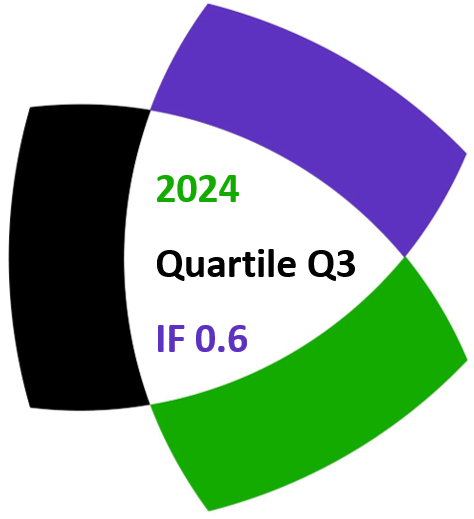Krishna Busawon
Notes on Number Theory and Discrete Mathematics
Print ISSN 1310–5132, Online ISSN 2367–8275
Volume 22, 2016, Number 4, Pages 62–72
Full paper (PDF, 538 Kb)
Details
Authors and affiliations
Krishna Busawon ![]()
Northumbria University
Department of Mathematics, Physics and Electrical Engineering
Faculty of Engineering and Environment
NE1 8ST Newcastle upon Tyne, UK
Abstract
In this paper, we propose an upper and a lower bound of the number π expressed as the limit to infinity of two sequences. These sequences are constructed using geometric methods based on the Vieta’s approach. As far as geometrical methods for computing π is concerned, numerical results are provided to show that the proposed result is comparable to the existing ones.
Keywords
- Pi
- Vieta’s method
- Telescopic series
AMS Classification
- 11B30
References
- Arndt, J., & Haenel, C. (2006) Pi Unleashed. Springer-Verlag.
- Borwein, J. M., Borwein, P. B., & Bailey, D. H. (1989) Ramanujan, Modular Equations, and Approximations to Pi or How to Compute One Billion Digits of Pi. The American Mathematical Monthly, 96(3), 201–219.
- Delahaye, J.-P. (1997) Le fascinant nombre Pi. Editions Belin/Pour la science.
- Guillera Gomez, J. (2007) Historia de las formulas y algoritmos para π. Las Gaceta de la Real Sociedad Matematica Espanola, 10(1), 159–178.
- Guillera, J. (2006) A new method to obtain series for 1/π and 1/ 2π, Exp. Math., 15, 83–89.
- Osler, T. J. (1999) The united Vieta’s and Wallis’s products for π. American Mathematical Monthly, 106, 774–776.
- Salamin, E. (1976) Computation of using arithmetic-geometric mean. Math. Comp., 30, 565–570.
- Osler, T. J. (2007) Vieta-like products of nested radicals with Fibonacci and Lucas numbers. The Fibonacci Quarterly. 52(1), 202–204.
Related papers
Cite this paper
Busawon, K. (2016). Upper and lower bounds for π based on Vieta’s geometrical approach. Notes on Number Theory and Discrete Mathematics, 22(4), 62-72.


